Hawalian Community Assets: foundations for the Future .
What is Empowerment Economics?
Empowerment Economics is a culturally responsive multi-generational approach to financial capability in low-income Asian American, Native Hawaiian, and Pacific Islander (AA and NHPI) communities. Traditional financial capability focuses on wealth building at the individual level. In contrast, Empowerment Economics focuses on collective wealth building at the community level. Empowerment Economics creates transformational opportunities for building community self-determination and wealth.
Under the leadership of Dr. Jessica Santos, the term was developed by researchers from the Institute for Economic and Racial Equity (IERE), formerly the Institute on Assets and Social Policy at Brandeis University’s Heller School for Social Policy and Management. Empowerment Economics is based on the financial capability practices of Hawaiian Community Assets (HCA). National CAPACD funded this work and continues to investigate and develop the idea of Empowerment Economics as a practice, which is valuable to many AA and NHPI communities and other communities of color.
Empowerment Economics provides a framework of various elements that have been effectively used in low-income AA and NHPI communities. We have presented the framework in various conferences including Council for Native Hawaiian Advancement Convention (Oct 2017 ), National Immigrant Integration Conference (December 2017 ), Credit Builders Alliance Credit Building Symposium( June 2018 and 2019), Asian Americans Advancing Justice Conference (March 2019 ), and Asset Funders Network Grantmaker Conference (May 2019 ).
Below are the six core elements that make up Empowerment Economics.
Get Involved
National CAPACD offers other resources for those interested in integrating Empowerment Economics into their work. If you would like to attend one of our future Empowerment Economics events and get in-depth training using our Empowerment Economics curriculum, please contact National CAPACD at empowermenteconomics@nationalcapacd.org You may also contact us if you are interested in hosting an Empowerment Economics training for your staff or subgrantees.
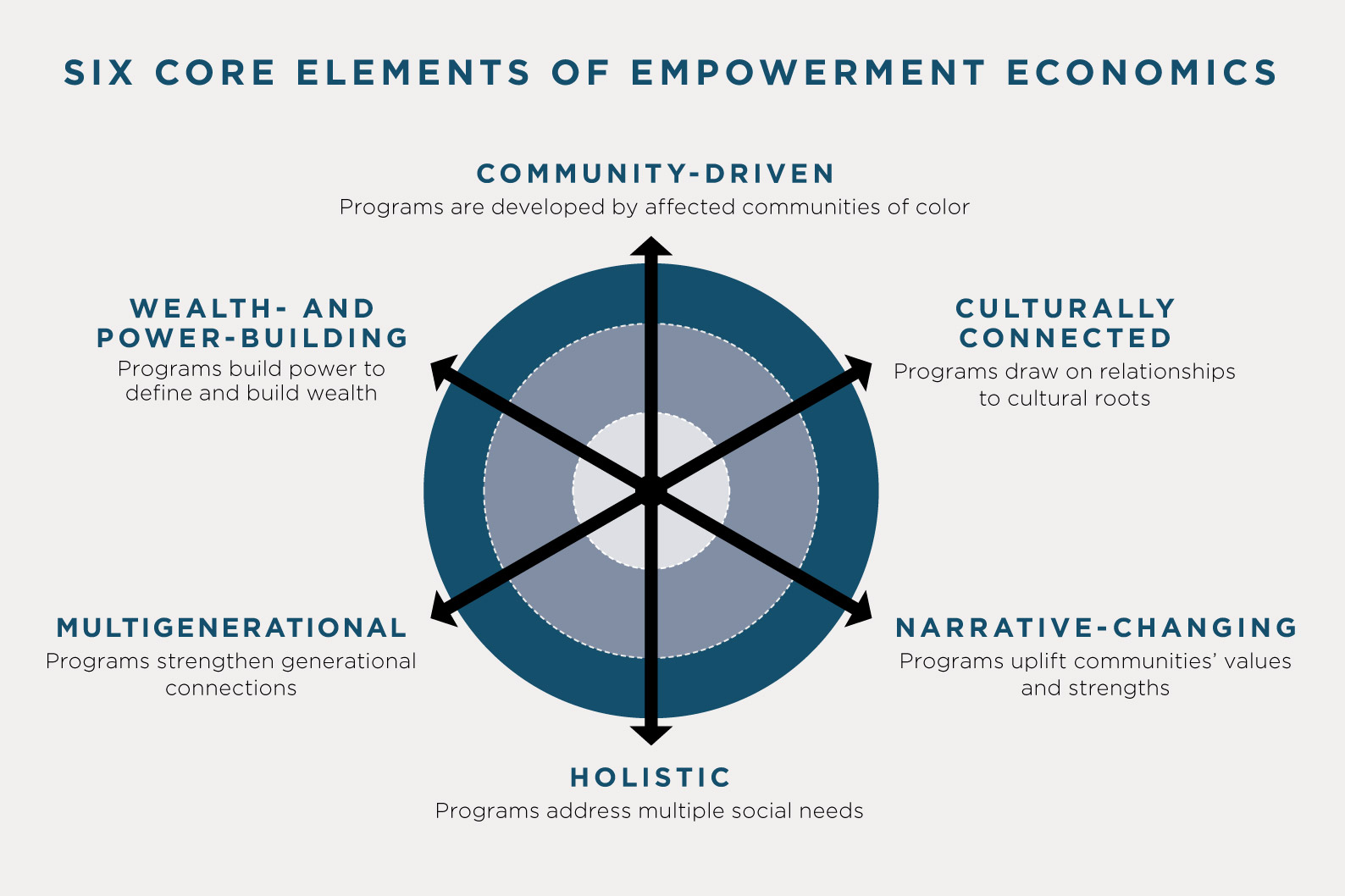
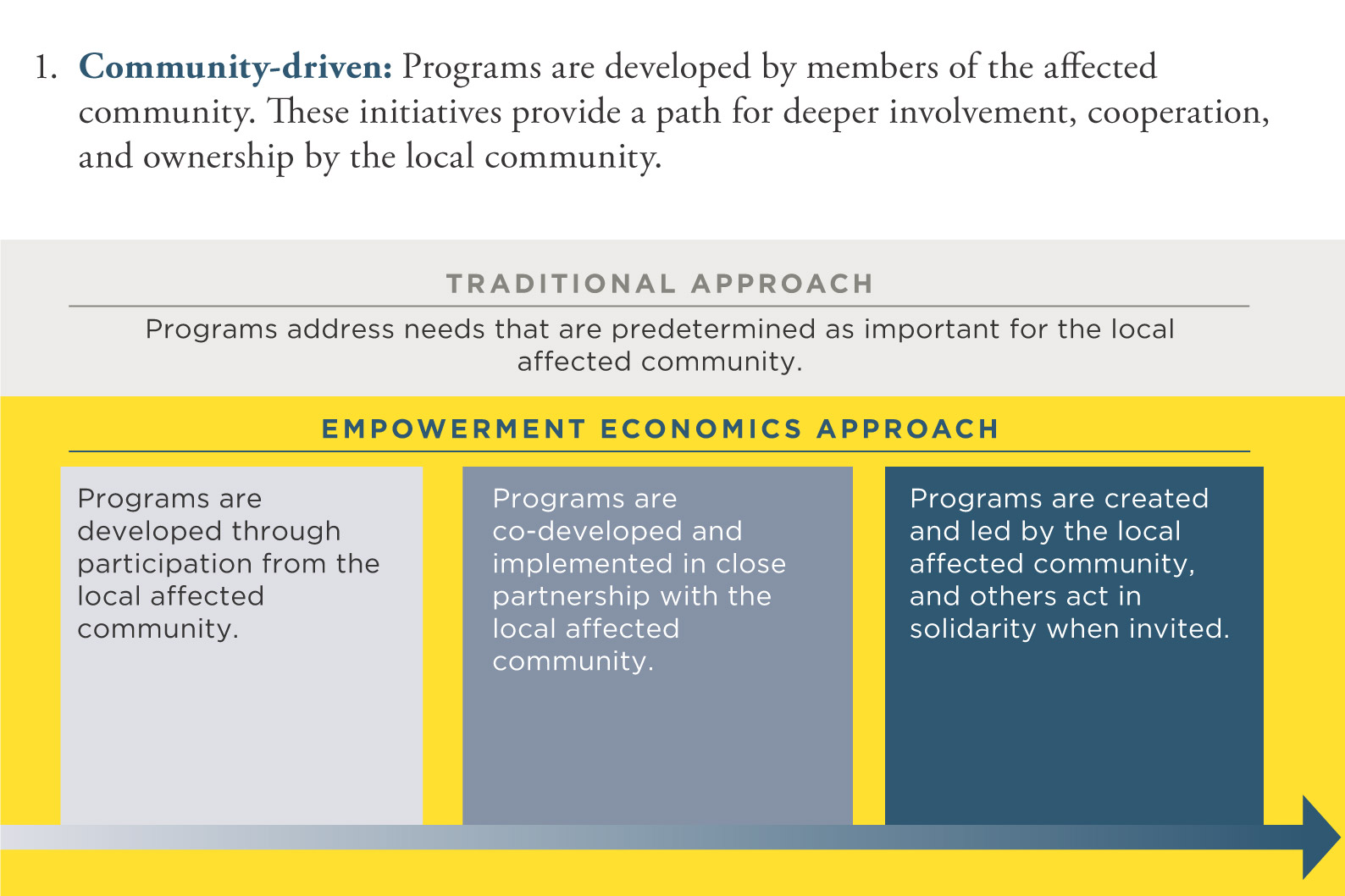
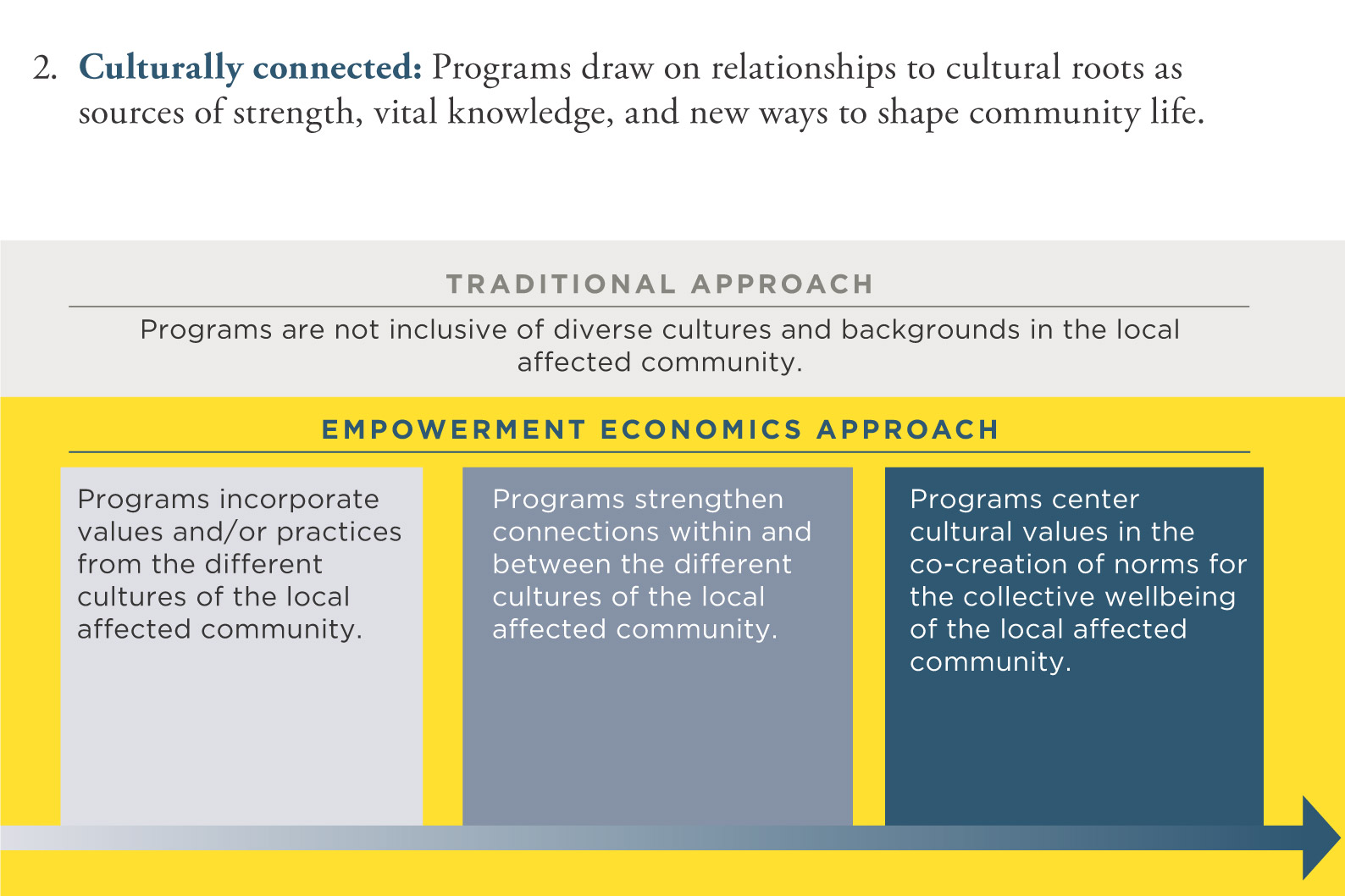
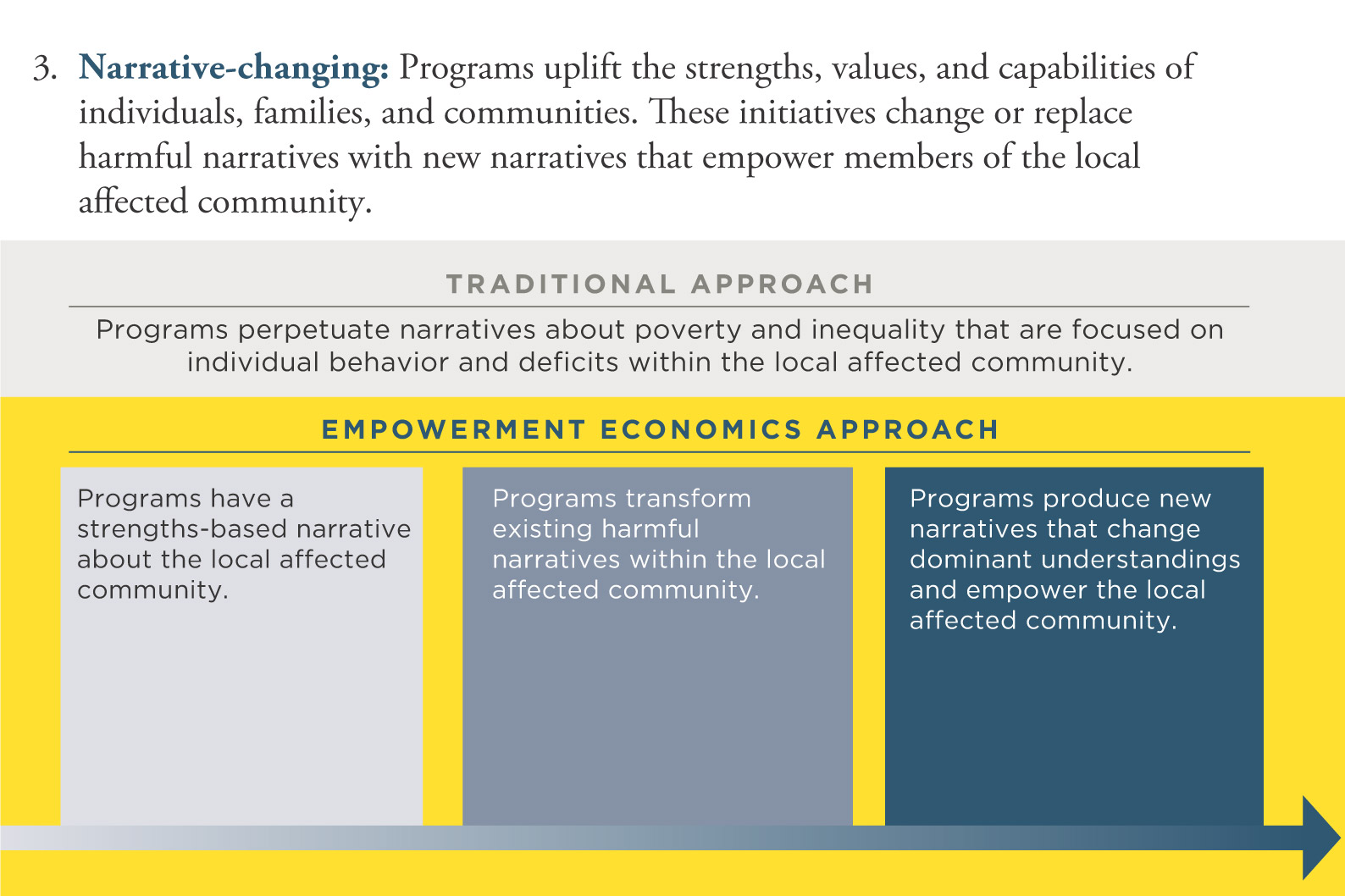
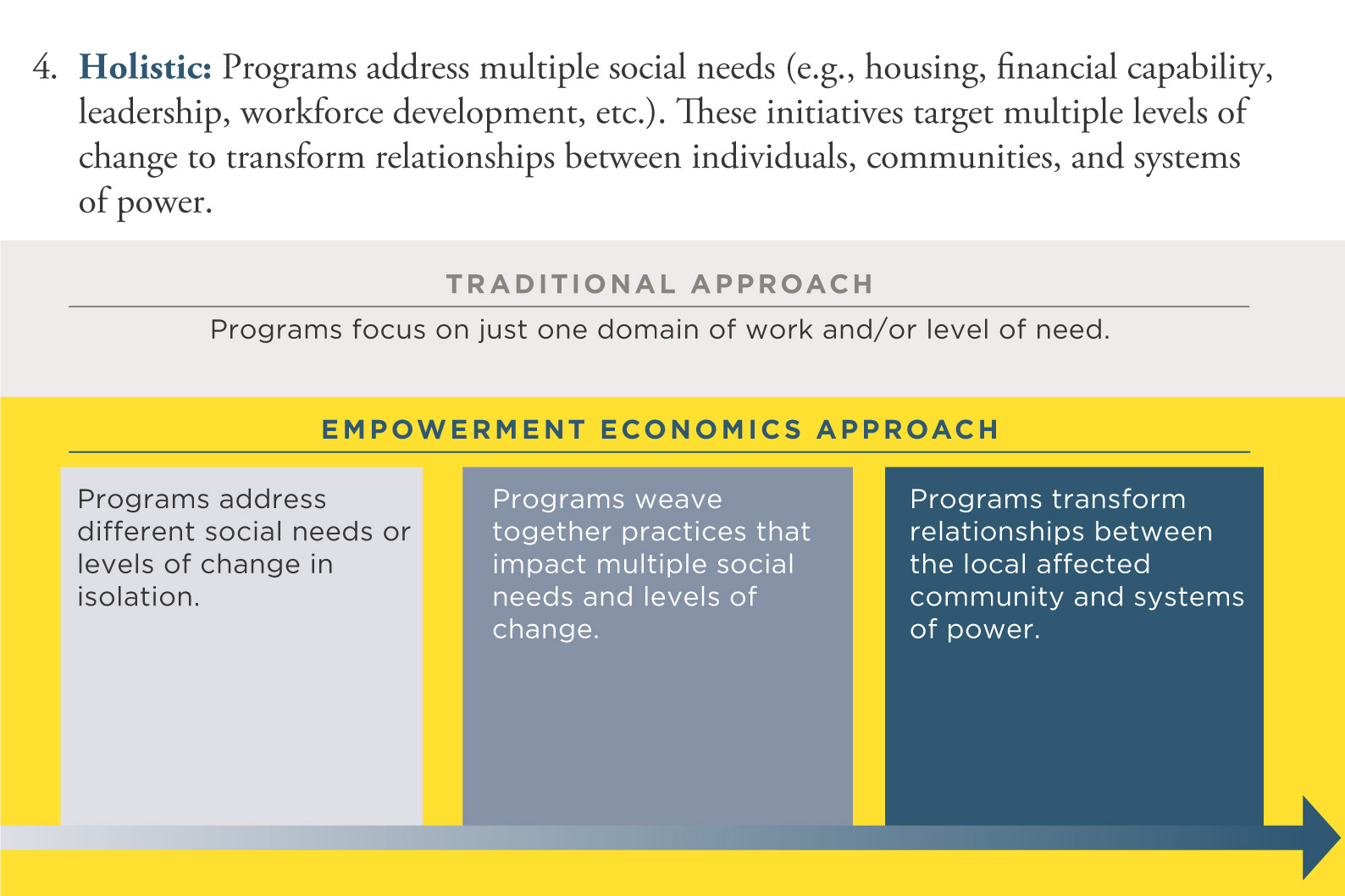
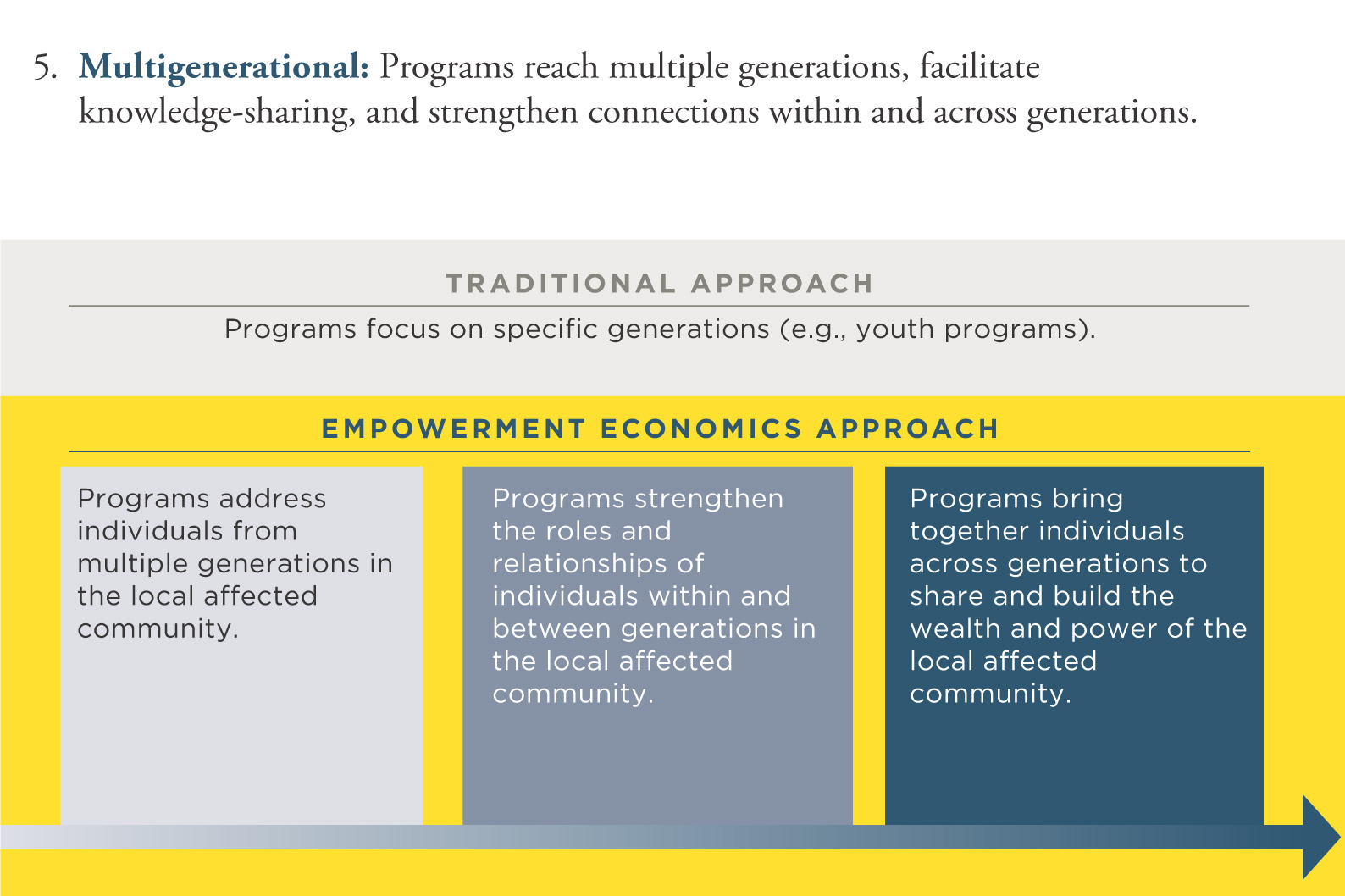
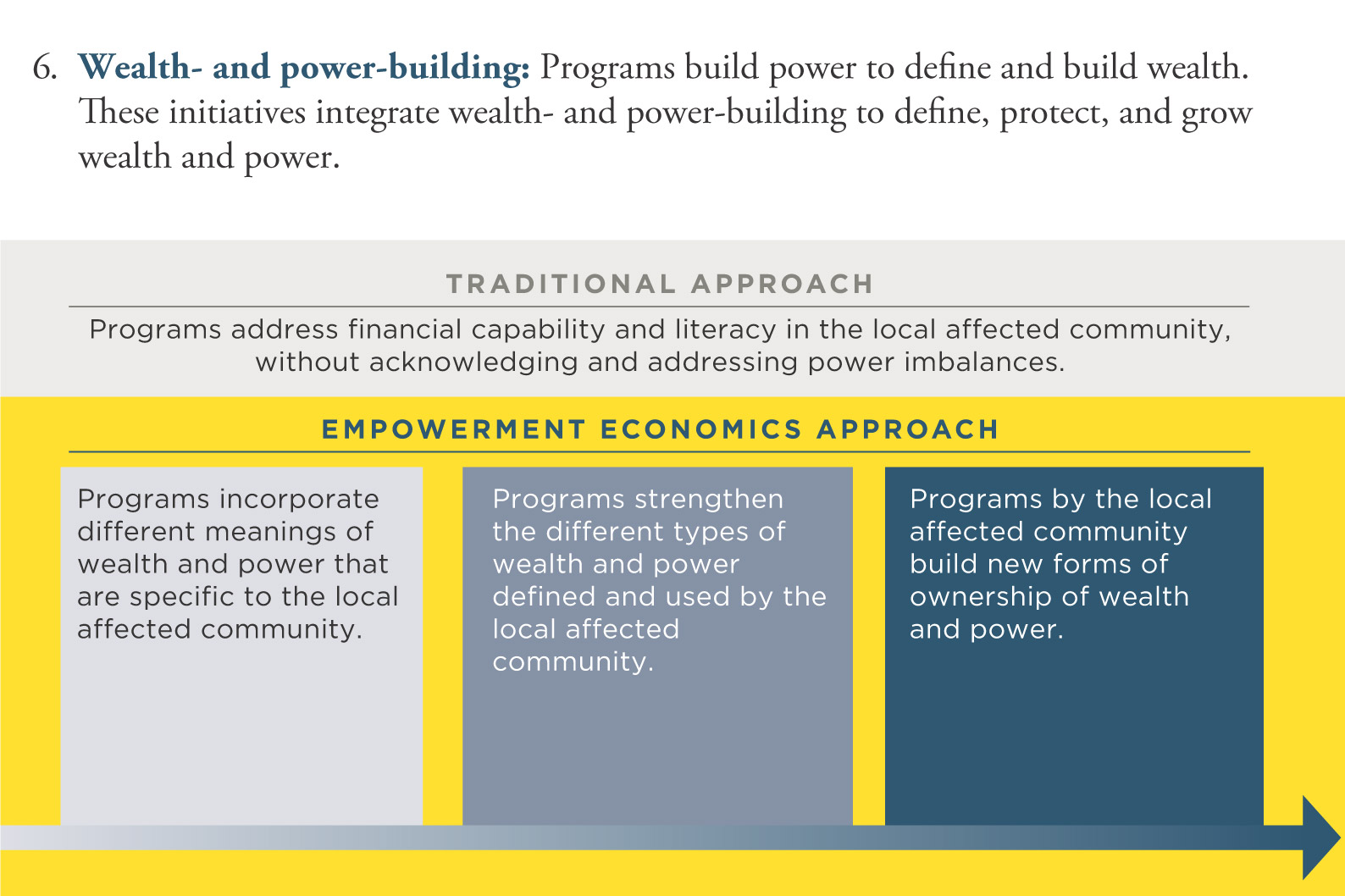
Case studies
The three case studies below illustrate how different organizations are exploring
Empowerment Economics
Research and Evaluation
The Federal Reserve Bank of San Francisco partnered with National CAPACD and IASP to publish them as a part of their new Open Source Solutions series. The report shows how Asian American, Native Hawaiian, and Pacific Islander (AA and NHPI) leaders are protecting and building wealth and power at the community level.
The Evaluating Empowerment Economics report is a preliminary evaluation framework that makes visible the innovative approaches and potential outcomes associated with Empowerment Economics. IASP developed this framework with National CAPACD and HCA through a review of the current research on financial capability evaluation. The framework explores the program and evaluation practices of thirteen regionally diverse National CAPACD member organizations.

This report builds upon one of our Empowerment Economics case studies, Hawaiian Community Assets: Foundations for the Future, and features the financial capability work of over 40 of our member organizations and other AA and NHPI-serving organizations from across the US. The report finds that AA and NHPI leaders across the country are adopting innovative multigenerational and culturally responsive approaches to financial capability programming, but they want and need more support for their work.

The core elements of Empowerment Economics practice distinguish Empowerment Economics from traditional approaches to economic and community development.
These core elements hold together the practices—both specific and diverse—of Empowerment Economics, developed in and across communities of color.

This two-page document is intended for funders to learn about Empowerment Economics and how they can support wealth building programs that are community-centered.

This two-page document is intended to guide practitioners in their work to adapt Empowerment Economics in their organizations and/or programs.

This two-page document is intended for policy advocates as a guide in their work to advance wealth building policies that are community-centered.


